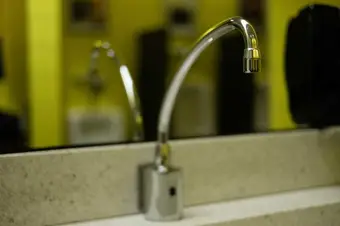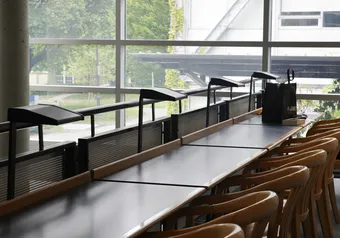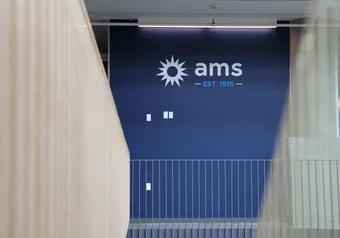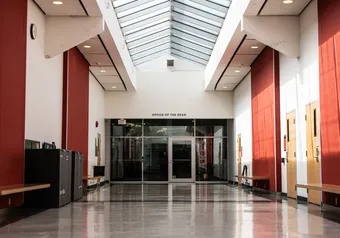From the warning emails, to the yellow-tinged or cloudy hot water flowing out of the tap, to the endless mental reminders to pull the lever to the right and up for cold water in lieu of hot water, UBC Risk Management Services has made it clear that hot water in certain buildings is not safe for consumption.
Issues date back to last January
The hot water warnings issued by Risk Management Services are part of their protocol of addressing the system failures that have been occurring since late January of 2017. According to the Risk Management website, these failures consisted of the leakage of “a diluted anti-corrosion chemical containing nitrite into building hot water supply at four buildings: Friedman Addition/JBM, Scarfe, Place Vanier Robson House, [and] Place Vanier Sherwood-Lett.”
In response to these failures, Building Operations conducted numerous inspections into the malfunctioning parts of the system and maintained the message that the hot water does not meet Health Canada Guidelines and is thus unsafe for consumption.
In August, expert consultants hired by Building Operations completed an in-depth review of the hot water and recommended that a certain production of heat exchangers on campus be replaced. As a result replacements are under way and all at-risk buildings are under active monitoring. According to John Metras, managing director of Infrastructure Development, replacements are set to be completed in March 2018.
The failing system was replaced two years ago
The hot water system failures, according to managing director of UBC Building Operations Karyn Magnusson and Metras, were completely unexpected. The system is only two years old and boasts a more efficient and effective way of heating hot water than the older system.
At a cost of $88 million, the Academic District Energy System (ADES) was installed in the fall of 2015 to replace the previous steam system that was used to heat hot water.
According to UBC Building Operations Managing Director Karyn Magnusson, the cost to replace the steam system was about $150 million. Magnusson said that UBC decided that the ADES was a much more efficient and economical system, as not as much energy is lost through the heating of hot water by hot water than the heating of hot water by steam.
However, the failing ADES resulted in more investigative and repair costs.
Potential litigation under review
In light of the unanticipated system failures, UBC has hired expert consultants to perform a detailed investigation and provide advice as to how the campus should approach the failures. With regards to the cost of hiring these experts, Magnusson said, in July, that UBC “can try and collect some of those costs back through parties that might have been responsible [through litigation].”
In an interview with Metras in November, he said that the topic of litigation is still under review with legal council.
According to Metras, as of November UBC has replaced 21 of the 60 failing heat exchangers identified and investigations are ongoing. He also said that the failures were “taken extremely seriously, [and] problems were identified immediately.”
All replacements are planned to be in place by March, though Magnusson maintains that “hot water should never really be anyone’s source for drinking water (as per most health authority recommendations).”
First online
Share this article








